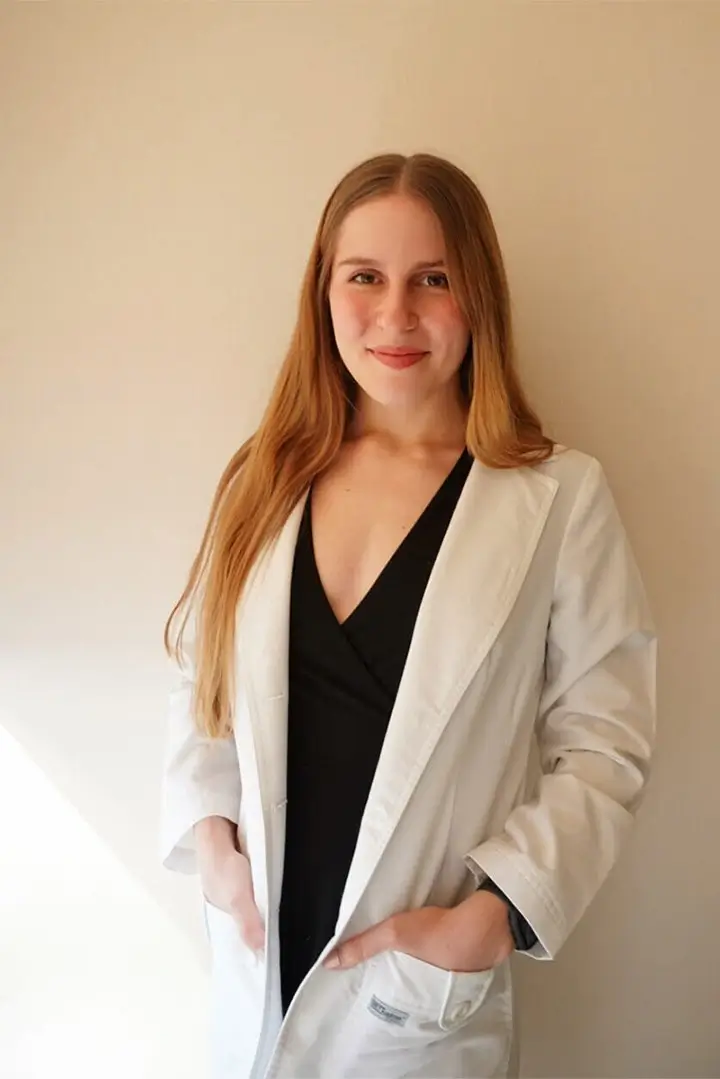Biomedical engineering students at Johns Hopkins University have announced the successful testing of a practical method for delivering adult stem cells to a patient for the treatment of orthopedic and other types of injuries. Specifically, the undergraduate students have constructed and demonstrated a technique by which adult stem cells are embedded into the surgical thread of sutures that are routinely used in procedures to treat injuries such as ruptured tendons.
The team of students consisted of ten udergraduates who were sponsored by the Maryland-based medical technology company Bioactive Surgical Inc., and who consequently won first place for their design in the recent Design Day 2009 competition, conducted annually by the University’s Department of Biomedical Engineering. The sutures contain autologous adult stem cells, and the students have already conducted preclinical trials of the sutures in animal models, although the ultimate goal is translation of the new technology to human medical therapies.
As described on the University’s website, "In collaboration with orthopedic physicians, the students have begun testing the stem cell-bearing sutures in an animal model, paving the way for possible human trials within about five years."
According to Matt Rubashkin, the student team leader, "Using sutures that carry (autologous adult) stem cells to the injury site would not change the way surgeons repair injury, but we believe the stem cells will significantly speed up and improve the healing process. And because the stem cells will come from the patient, there should be no rejection problems."
The students’ corporate sponsor, Bioactive Surgical, developed the concept and then enlisted the student team to assemble and test the prototype during the year-long Design Team course, which is a requisite course in the Department of Biomedical Engineering. Bioactive Surgical will own the rights to the patent, which are currently pending, and a provisional patent application has also been filed which includes the improvements to the design that were made by the ten members of the Johns Hopkins undergraduate team.
In addition to demonstrating the conceptual validity of the prototype in preclinical animal testing with the assistance of orthopedic veterinarians who conducted the surgical procedures, the undergraduate team also performed a number of other related tasks which included preparing grant applications for additional funding of the technology.
Accordeing to Richard Spedden, CEO of Bioactive Surgical, "The students did a phenomenal job." Representatives of Bioactive Surgical envision a medical procedure for humans in which bone marrow would be withdrawn from the hip of a human patient under general anesthesia, from which mesenchymal stem cells would then be isolated and embedded into the novel suture through the patent-pending proprietary process, which would then be used to stitch together the ruptured tendon or other injured tissue.
In conducting their research, the students found that approximately 46,000 people every year in the U.S. alone undergo surgical repair of an Achilles tendon, which costs approximately $40,000 per surgery and can require a year or more of convalescence. As Matt Rubashkin explains, "After surgery, the recovery process can take up to a year. In about 20% of the cases, the surgery fails and another operation is needed. Anything we can do to speed up the healing and lower the failure rate and the additional medical costs could make a big difference."
According to Dr. Lew Schon, a leading foot and ankle surgeon in the greater Baltimore metroplex, one of the inventors of the technology, and an assistant professor of orthopedic surgery at the Johns Hopkins School of Medicine, "These students have demonstrated an amazing amount of initiative and leadership in all aspects of this project, including actually producing the suture and designing the ensuing mechanical, cell-based and animal trials." Additionally, he adds, "The students exceeded all expectations. They have probably cut at least a year off of the development time of this technology, and they are definitely advancing the science in this emerging area."
Grant proposals which the students prepared include further applications of the novel suture technology to other joint injuries such as rotator cuffs, and to non-orthopedic applications such as in cardiology and obstetrics.
In addition to Matt Rubashkin, the other undergraduate members of the team were David Attarzadeh, Raghav Badrinath, Kristie Charoen, Stephanie D’Souza, Hayley Osen, Frank Qin, Avik Som, Steven Su and Lawrence Wei.

